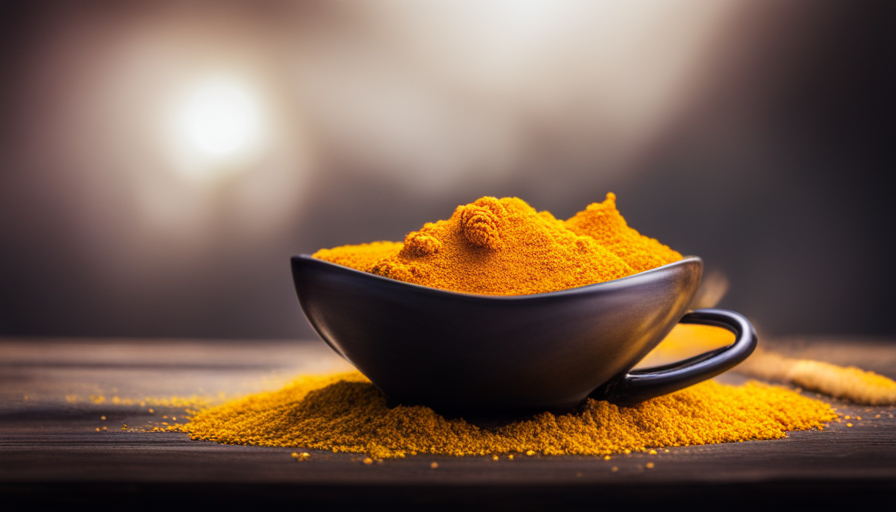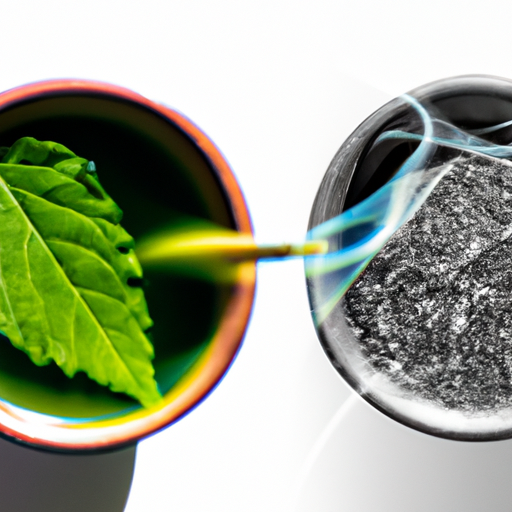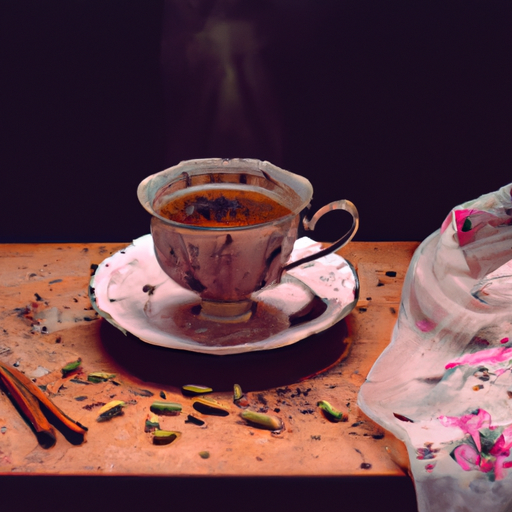Hey! Are you familiar with amacha? It’s an amazing Japanese herbal tea that tastes like a sweet melody in your mouth. Let me share all the details with you.
Amacha is made from the hydrangea macrophylla plant, and it is famous for its intense sweetness. In fact, it’s about 200 times sweeter than regular table sugar! Can you imagine that? The secret behind its mesmerizing sweetness lies in a natural sweetener called phyllodulcin, which is found in the hydrangea plant.
But here’s the twist – amacha is not your typical tea. It’s actually a tisane, meaning it doesn’t contain any caffeine. Plus, it has almost no calories, making it a guilt-free indulgence. This delightful tea is usually reserved for special occasions in Japan, like Buddha’s birthday.
To create amacha, the leaves of the hydrangea plant are carefully harvested before flowering. Then, they undergo a meticulous process of withering, hand rolling, fermentation, and drying. This process magically transforms their initial bitterness into the sweet nectar we all adore.
When brewing amacha, it’s recommended to use half a gram of leaves per 100 ml of boiling water. And remember, the shorter the steeping time, the less sweet the flavor will be.
If you’re looking to add a touch of sweetness to your favorite teas, amacha can be blended with them as well. And guess what? You can easily find amacha available for purchase online, especially with some sweet discounts offered for Valentine’s Day. So, why not treat yourself to this extraordinary tea and experience its enchanting sweetness?
Key Takeaways
- Amacha is a Japanese herbal tea made from the hydrangea macrophylla plant that is known for its intense sweetness.
- It is made from the leaves of the hydrangea plant, which undergo a process of withering, hand rolling, fermentation, and drying to transform their initial bitterness into sweet nectar.
- Amacha is about 200 times sweeter than regular table sugar and contains a natural sweetener called phyllodulcin found in the hydrangea plant.
- It is a tisane with no caffeine, almost no calories, and can be used as a natural sweetener in various dishes.
What is Amacha?
Amacha is a Japanese herbal tea made from the hydrangea macrophylla plant, and it’s incredibly sweet due to the natural sweetener called phyllodulcin found in the plant.
This unique tea has its origins in Japan and holds significant cultural significance. It’s traditionally served to celebrate Buddha’s birthday on April 8th, making it a special beverage reserved for special occasions.
The leaves of the hydrangea plant are harvested before flowering and undergo a meticulous process of withering, hand rolling, fermentation, and drying. This transformation removes the initial bitterness and enhances the sweetness of phyllodulcin.
When steeped, amacha produces a syrup-like aroma and taste, with subsequent steeps offering a gentler sweetness and flavors of licorice and aniseed.
Amacha can also be blended with other teas to add sweetness, providing a delightful and unique experience.
How is it made?
To make this Japanese herbal tea, the leaves of the hydrangea plant are harvested before flowering and undergo a process of withering, hand rolling, fermentation, and drying, which helps to transform the initial bitterness into a unique natural sweetness. This traditional production process gives amacha its distinctive flavor and aroma.
During the production process, the leaves are carefully withered to remove moisture and reduce bitterness. They are then hand rolled to shape and promote oxidation. Fermentation is an essential step that allows the flavors to develop and the bitterness to mellow. Finally, the leaves are dried to preserve their sweetness and prepare them for steeping.
The table below provides a summary of the steps involved in the production process:
| Production Step | Description |
|---|---|
| Withering | Removal of moisture and reduction of bitterness through controlled drying |
| Hand rolling | Shaping and promoting oxidation for flavor development |
| Fermentation | Allowing flavors to develop and bitterness to mellow |
| Drying | Preservation of sweetness and preparation for steeping |
These traditional methods ensure that amacha retains its natural sweetness and delicate flavors, making it a truly special and enjoyable tea.
Flavor and Uses
When steeped, this herbal tea has a unique and delightful flavor profile that can be enjoyed on its own or blended with other teas for added sweetness. Amacha is not only known for its intense sweetness but also for its versatility in Japanese cuisine. It’s often used as a natural sweetener in various dishes, such as desserts, sauces, and marinades. The strong and syrupy aroma of the first steep lends itself well to creating delectable sweets.
In addition to its culinary uses, amacha is believed to have potential health benefits. It’s said to have antioxidant properties and may help in soothing digestion and reducing inflammation. While it should be enjoyed in moderation due to its high sweetness, amacha can be a delightful addition to one’s tea collection, offering a unique and flavorful experience.
Frequently Asked Questions
Is amacha safe to consume?
Amacha is generally safe to consume, but excessive consumption may have potential side effects. These include gastrointestinal discomfort, allergic reactions, and interactions with certain medications. It’s important to drink amacha in moderation and consult a healthcare professional if you have any concerns.
Can amacha be used as a sugar substitute?
Amacha can be used as a sugar substitute due to its intense sweetness. It can be added to recipes for a natural, low-calorie sweetener. However, if looking for alternative sweeteners, there are other options available as well.
Are there any health benefits to drinking amacha?
Yes, there are health benefits to drinking amacha. It is a sugar substitute that is naturally sweet and has almost zero calories. It is also rich in antioxidants, which can help boost the immune system and promote overall well-being.
How long does the sweetness of amacha last after drinking it?
After drinking amacha, the sweetness lasts for a short while and gradually fades. If you’re looking for long term effects, amacha is a great alternative to sugar as it is incredibly sweet without the extra calories.
Can amacha be enjoyed by people with diabetes or on a low-sugar diet?
Amacha can be enjoyed by people with diabetes or on a low-sugar diet. It is suitable because it contains a natural sweetener called phyllodulcin, which is 200 times sweeter than sugar but has almost zero calories.










